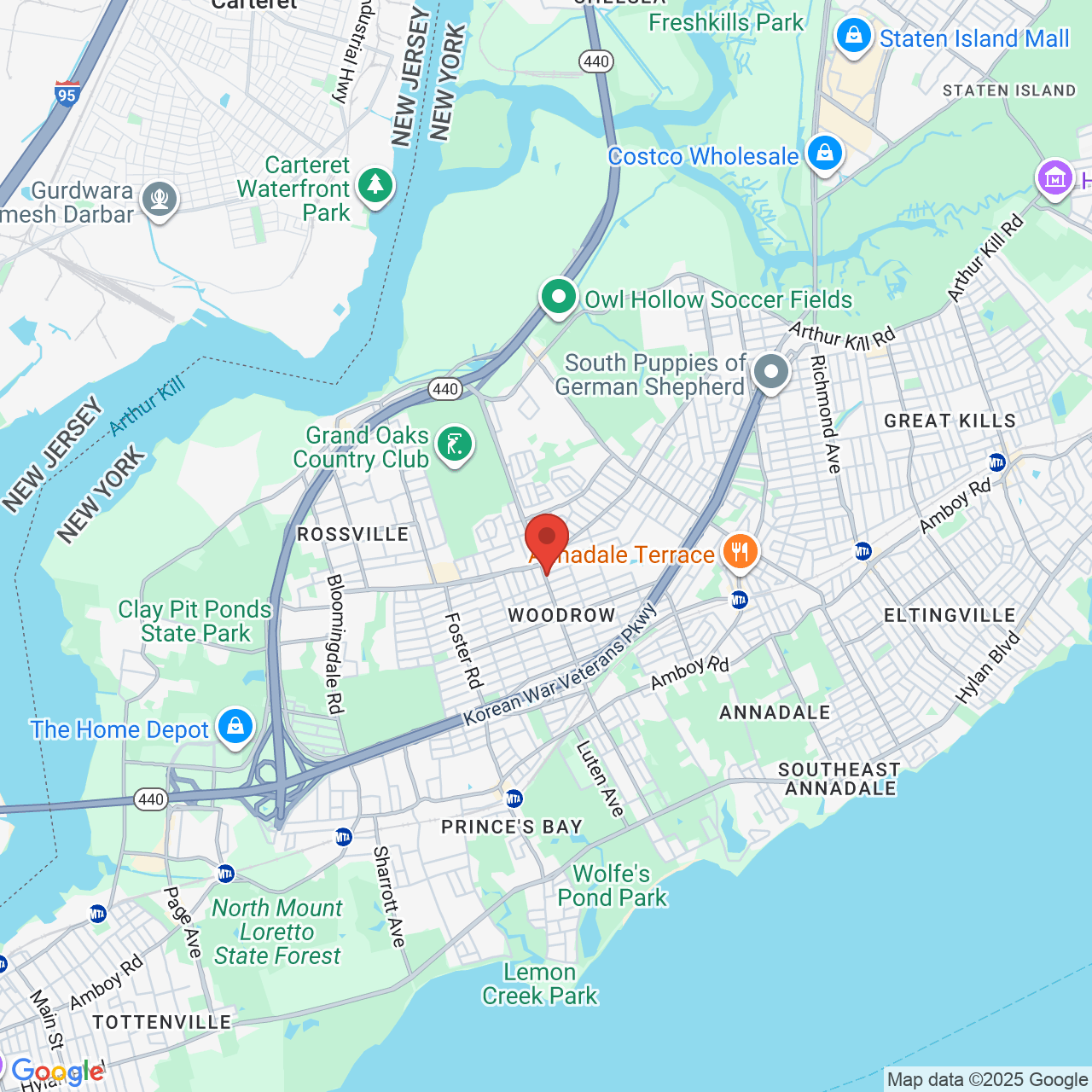10 Commonly Asked Questions About Invisalign
 Many people choose Invisalign® to straighten their teeth without wires and brackets. The Invisalign system uses a set of customized clear, removable aligners that gradually shift the teeth into their ideal position. For many patients, Invisalign improves health, as well as self-image.
Many people choose Invisalign® to straighten their teeth without wires and brackets. The Invisalign system uses a set of customized clear, removable aligners that gradually shift the teeth into their ideal position. For many patients, Invisalign improves health, as well as self-image.
Drs. Alex and Jason Hecht help patients in Staten Island, NY, by providing the latest, evidence-based restorative and cosmetic dental treatments. At your visit, the dentist will evaluate your dental health and alignment issues to determine whether Invisalign is a good option for you.
Here, we answer 10 commonly asked Invisalign FAQs:
1. How Does Invisalign Work?
Invisalign works similarly to traditional metal braces, by applying gentle pressure to specific teeth over a certain period of time. Constant, gentle pressure shifts the teeth into their ideal position for optimal function and aesthetics.
Patients typically change aligners every two weeks.
Regular visits are important so our dentist can monitor progress and modify treatment if needed. In about 12 to 18 months, if you comply with daily wear time, your teeth will have shifted into the ideal position for great function and appearance.
2. How Is Invisalign Different from Other Orthodontic Treatments?
Patients choose Invisalign over other straightening treatments (like braces) for many reasons, including:
- Discretion: Invisalign is clear and almost invisible
- More versatility: Aligners can be removed for special occasions
- Fewer dental visits: No tightening appointments are required, just evaluation appointments to check progress.
- Food freedom: simply take out your aligners to eat a meal or snack
3. Does Invisalign Hurt?
Aligners apply direct pressure to teeth, which may cause mild discomfort or soreness. Over-the-counter pain medication should alleviate typical discomfort. When teeth adapt to a new position, the soreness subsides.
4. How Long Do I Have to Wear Aligners?
Patients must wear their aligners every day for 20 to 22 hours. You can remove the aligners to:
- Drink and eat
- Clean the aligners
- Brush and floss your teeth
- For special occasions
5. How Do I Take Care of My Aligners?
Cleaning your aligners daily will help deter bacteria buildup, mouth odor, and enamel discoloration. Prevent creating an inviting environment for bacteria by cleaning your aligners with antibacterial soap or Invisalign Cleaning Crystals. Food particles and bacteria trapped inside the aligners can lead to dental decay, gum disease, and bad breath.
Follow these simple tips to care for your aligners:
- Oral bacteria accumulate as we sleep. Clean your teeth and aligners thoroughly every morning.
- Rinse trays after removal to avoid plaque and dry saliva buildup.
- Brush and floss your teeth before wearing your aligners and after meals.
- Soak aligners daily in denture cleaner or Invisalign Cleaning Crystals to remove lingering food particles and plaque.
6. What Alignment Issues Can Invisalign Treat?
Invisalign is generally recommended to patients with mild to moderate misalignment. This innovative treatment can address many orthodontic concerns, including:
- Gaps between teeth
- Overcrowding
- Rotated Teeth
- Crossbite
- Overbite
- Underbite
- TMJ symptoms due to misaligned jaws
- Bruxism due to malocclusion
7. What Issues Can’t Invisalign Treat?
Invisalign can only shift and rotate the teeth by 20 degrees. Dentists don’t typically recommend Invisalign to patients suffering from complex or severe misalignment and malocclusion.
8. Is Invisalign Affordable?
Invisalign prices are comparable to traditional braces. Our Staten Island clinic offers tailored financing plans to fit nearly any budget.
If your insurance covers some or all costs associated with orthodontic treatments (like braces), it will probably also offer the same coverage for Invisalign treatment.
9. What Happens After Invisalign Treatment?
Orthodontic treatments apply consistent pressure to teeth, which causes teeth roots to become flexible enough to move. You will need to wear a retainer indefinitely, following completion of any orthodontic treatment. A retainer will prevent teeth from moving back toward their natural position.
Every case is different, but dental professionals typically instruct patients to wear retainers daily for the first few months and slowly work their way down to less use. Many people wear a retainer while sleeping, but remove it during the daytime. Others prefer to have a retainer affixed to the back of their teeth, for no hassle.
10. How Do I Know If I’m a Candidate for Invisalign?
If you are interested in finding out if you qualify for Invisalign, call us at (718) 705-4434 or message us online to schedule an initial consultation in Staten Island.



